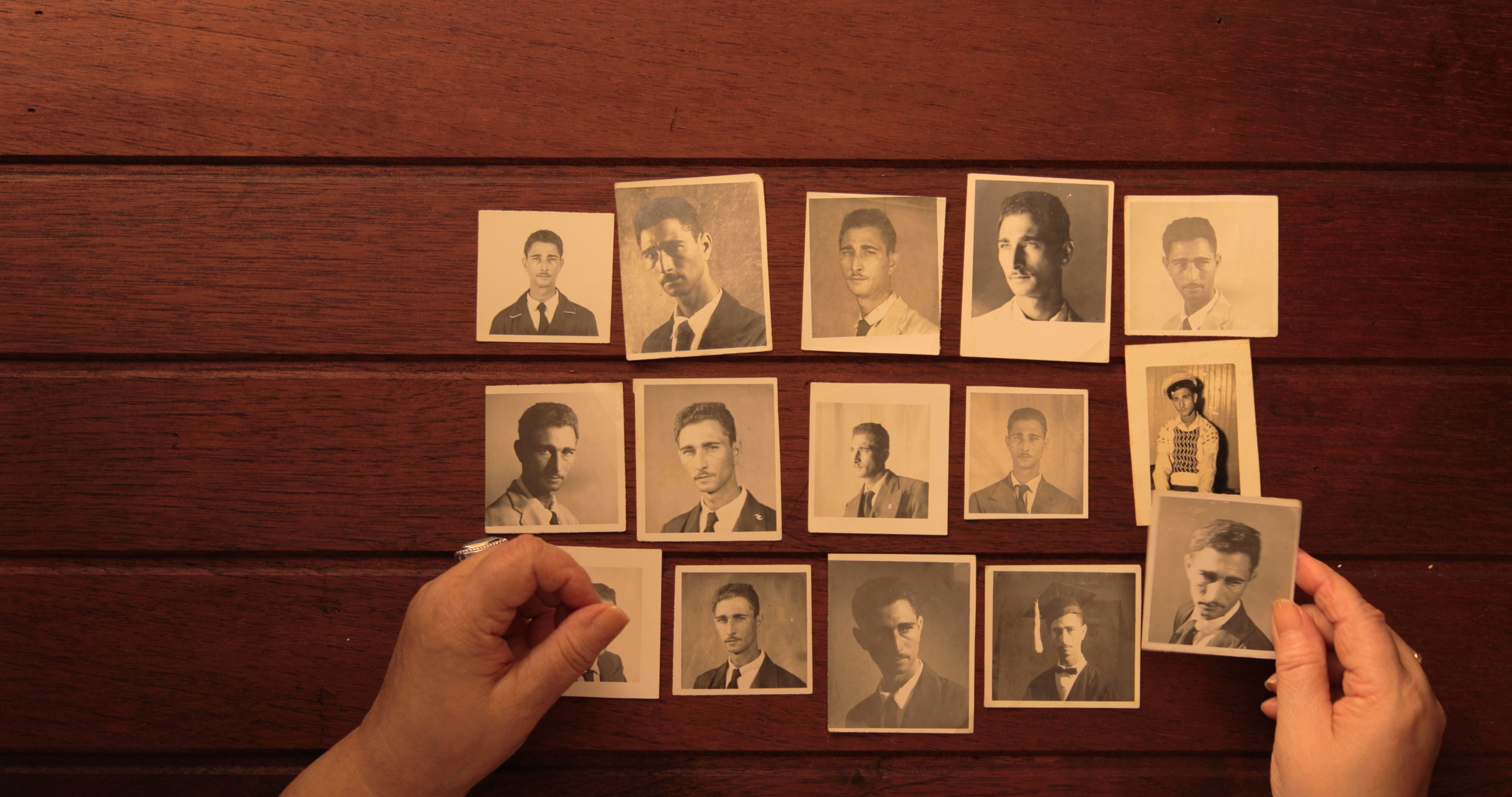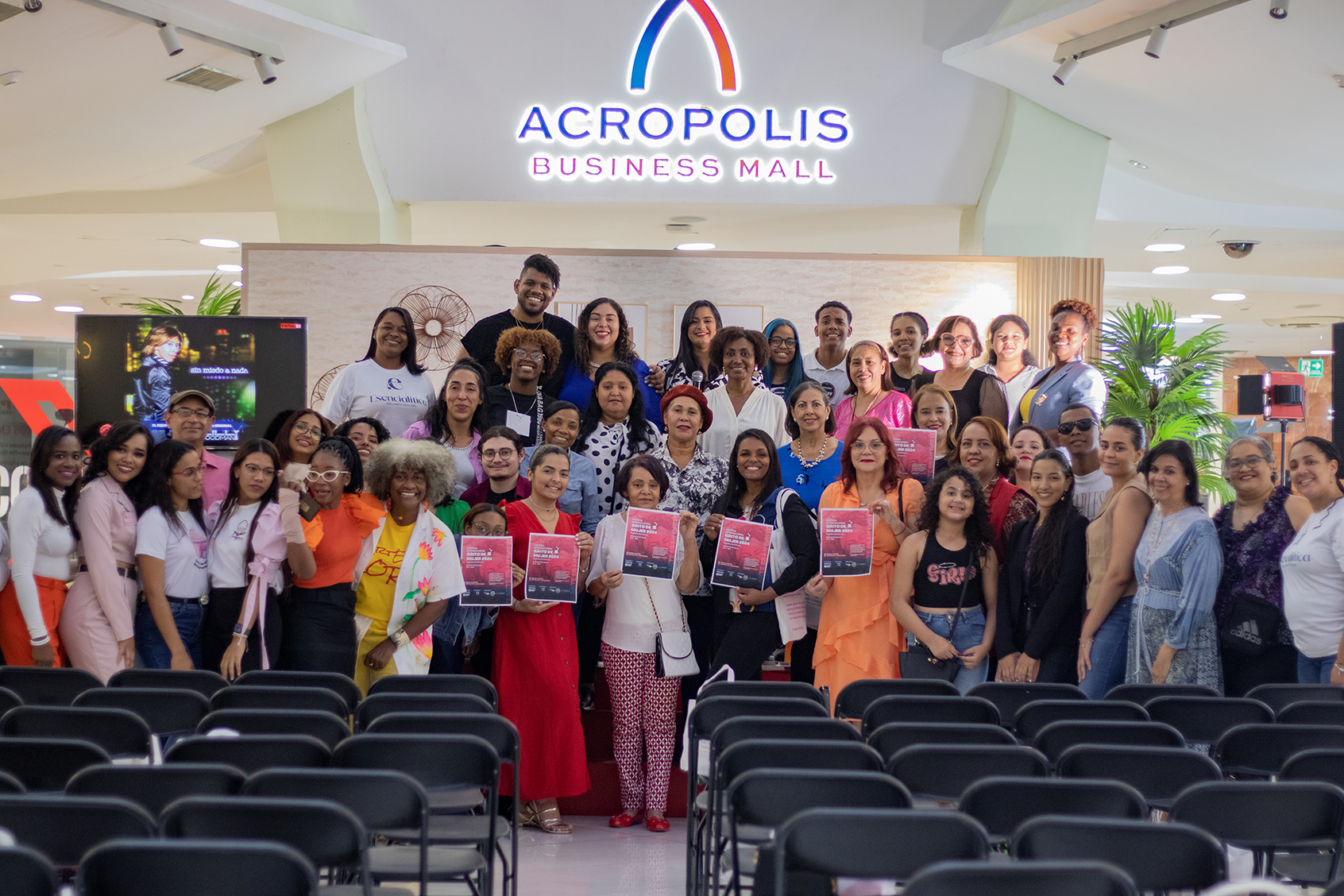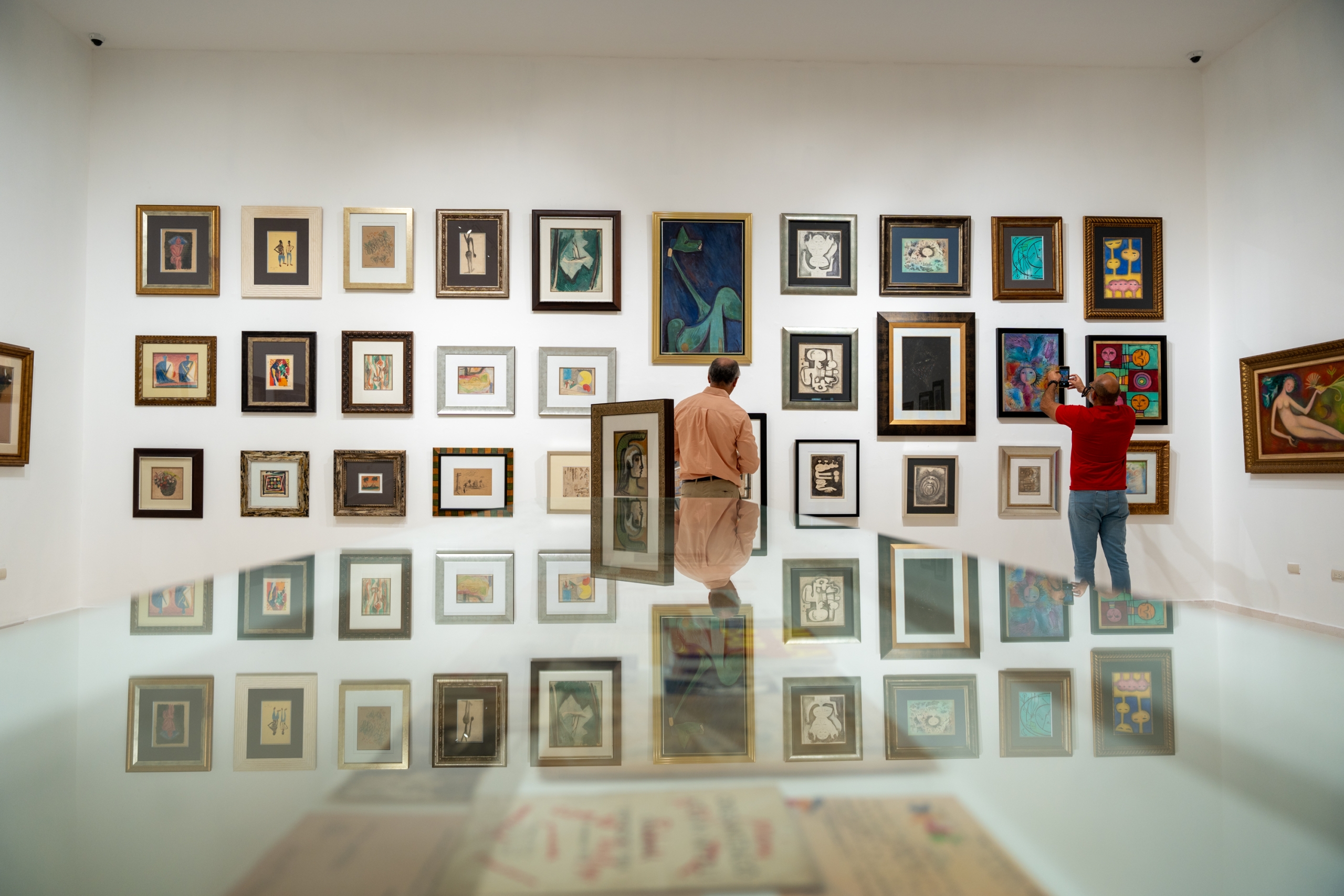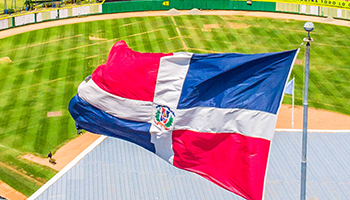The Dominican carnival: striking colors and spectacular characters
 | The Dominican carnival: striking colors and spectacular characters Carnival is the popular festival where the folklore and the splendor that characterizes the Dominican people, since the colonial times, is shown. According to recorded history, the celebration began in the year 1520 in the cities of Santo Domingo and La Vega, and then it expanded nationwide. This Sunday, March 2nd, starting at 10 am, the Ministry of Culture will organize the National Carnival Parade with the participation of 180 troupes from across the country. The Carnival Queen is renowned Miss World Mariasela Álvarez, and the King is popular communicator Frederick Martínez (The Pasha). In the beginning, the parades were held in the El Conde Street and at private clubs; then, they were held in Avenida George Washington, because it provided more space. That is why, each year Dominicans are full of expectation for the novelties that the celebration will bring, especially the costumes and disguises that will adorn each character during the parade. One of the main and oldest actors of the carnival tradition is the Diablo Cojuelo (Limping Devil), which has its origins in the National District. Its disguise basically consists of three pieces: a long sleeved blouse, a cape worn on its back where the ribbons and the mirrors are placed, and a ribbon decorated with sequins, which completes the costume. Also, if the devil is male it wears pants and if it is female it wears a skirt (what determines whether the devil is male or female is the costume and not the gender of the actor). The masks represent the faces of animals, with five long horns, with a bunch of animal bladders or entrails with which the character runs after the passers-by. This tradition takes place every Sunday in February in the neighborhoods of the capital city. Each community has its own festival and traditions, and this diversity is what gives life to each performance. Among the figures that have been maintained through the years are: Califé, character that lampoons the intellectual elite of the city of Santo Domingo. It was created by an artisan from Villa Francisca. This mulatto painted its face and hands with coal to appear even darker to lampoon the white intellectuals who had adopted the Spanish customs. The “Ali Baba” of Santo Domingo, created by Luis Alberto Torres, “Chachón”, and already established in some villages, since 1993 has won six First Place awards in different categories and five Second Place awards. Another carnival group is the “Leones del diablo” (the devil’s lions) from the National District, who wear multicolored pants and blouses with an apron adorned with bells, with cowbells at the waist and a mask with four horns representing the figure of a lion. There are also “Los monos de Simonico” (Simonico’s Monkeys) from Santo Domingo Este, depicting a man in disguise with a fraying polypropylene bag. The fringes are glued to a coverall to create the illusion of hair, and the mask completes the appearance of an ape. “The Tiznaos” from Santo Domingo Norte paint themselves completely in black with burnt oil. Sometimes they use a mixture of coal and oil for edible use. The costume comprises a skirt made of palm and necklaces with fossil animals. This character is also known as Waikiki. “Roba la Gallina” is one of the most striking figures. It is known for its well-developed breasts and rear, and because it carries an old umbrella. It originated in the city of La Vega during the Haitian occupation of 1822, when an officer was caught with a stolen chicken. The man was then covered with feathers and paraded around the city, while the crowd chanted “roba la gallina, palo con ella…” The “mud men” come from Monseñor Bonao. They cover their entire body with mud and water, taking on the appearance of characters that rise out from the heart of the Earth. They are a kind of zombies that run through the streets. Meanwhile, in the Sánchez Ramírez province, we have the “Papeluses” who belong to the first category of devils, as the first growth of the platanú, is a central figure in the carnival of Cotuí. Its costume is a coverall coated with newspapers. In turn, the “Platanuses” were created in this city. They are a central and traditional character in the popular creativity of the carnival, with a strong representation of the class struggles. The ornamental elements of the costume are dry banana leaves and a mask made from the fig tree. But further north are the “Taimáscaros” in Puerto Plata. These are characterized by the presence of marine shells of mollusks. It is one of the most indigenous carnival traditions. Their attire is decorated with Taino figures, and instead of bells they use shells. “Toros y civiles” (Bulls and civilians), is perhaps one of the oldest and most popular groups in the country, and is based on a duel between bulls (devils) and civilians. Their faces are covered by a mask of a pig or piglet, with the eyes covered with a metal mesh. Their clothing should be brightly colored and coated with cardboard or foam or any other material that would protect the character from the lashes it will receive during the confrontation. Cocolo Dancing Theatre The Guloyas of San Pedro de Macoris is a display of popular culture that represents the dance of the Indians or the wild Indians. Their costumes are full of color and adorned with multiple sequins and small mirrors; the bells sound everywhere and over their heads they wear a headdress made with peacock feathers. “Belié Belcán” is a character of San Juan de la Maguana and it performs a ritual invocation to the deities. Meanwhile in the south are “The cachúas” of Cabral de Barahona, a representation of carnival that is based on the Holy Week. The costume is a coverall made of patterned fabric in various colors, with bat wings under the arms and a hidden mask of two small horns and a mask with a mane made of wax paper. “Juampa” is an individual character created in Cotuí. It maximizes creativity and with its wit it feeds the carnival cultural diversity. “Los Pintados” (The Painted Ones) are Barahona’s characters. They were created by Francisco Suero Medina “El Gato” (The Cat). These characters participated for the first time in the National Carnival Parade in the year 2000. There, they won the award for Best Fantasy Troupe. From then on they have won several awards nationwide. During the carnival in La Vega, a personification of this character won one of the best photos of 2005 worldwide, according to the New York Times.
|

Related News
-

(Versión en español) Realizan presentación especial del documental “El Fotógrafo de La 40”, de Erika Santelices y Orlando Barría en Fine Arts Novo-Centro
-

(Versión en español) Grito de Mujer 2024 República Dominicana: El grito interactivo
-

(Versión en español) Star Distribution estrena en cines de México “CANTA Y NO LLORES”, nueva comedia dominicana protagonizada por Consuelo Duval, Michelle Rodríguez y Lumy Lizardo
-

(Versión en español) Museos estatales de SD permanecerán abiertos en Semana Santa para el disfrute familiar
-

Dominicanos en Grandes Ligas
Las ultimas noticias/novedades de lo que acontece con los Dominicanos en las Grandes Ligas durante toda la temporada 2019.









